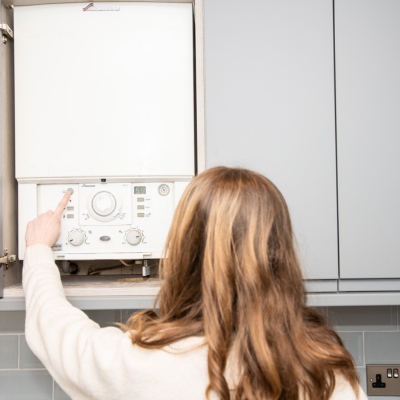Step 3
Check this in
By far the most important part of the renting process - and the part that requires you to pay most attention - is the time of moving in. It’s extremely important that both parties – that’s you and the landlord/letting agent – accurately record the condition of the property upon move-in. It’s one of those things that doesn’t seem important at the time, but when it comes to the end of the tenancy and you’re insisting that the burn on the carpet you’re being blamed for was there when you moved in, you’ll wish you took it a bit more seriously.
The best and most common way of going about recording a property’s condition is for the landlord/letting agent to draw up a detailed document before you’ve even collected the keys. It’s called an inventory and it covers literally everything, from the colours of the walls and the type of light fittings used, to the make and model of the TV.
When you collect the keys, you should be given the inventory and an opportunity to make any amendments to it over the next few days. There shouldn’t be any errors as far as which items come with the property, but you’ll often notice things through living there that a non-tenant wouldn’t, so it’s ideal for you to have input towards the document too. As soon as you’ve picked up the keys and before you move your stuff in, grab a camera or smartphone and take pictures of what everything looks like, where the furniture is, and recording the condition of the fixtures and furniture. We know it’s a faff, but trust us, it pays off further down the line.
Then, it’s good practice for both parties to meet at the property and sign off the inventory, meaning you both have a document that clearly details its condition from the very start, which should minimising any potential disputes at the end. Very often there isn’t a dispute and both parties come to a perfectly reasonable agreement, but it’s always best to protect yourself just in case there is.






